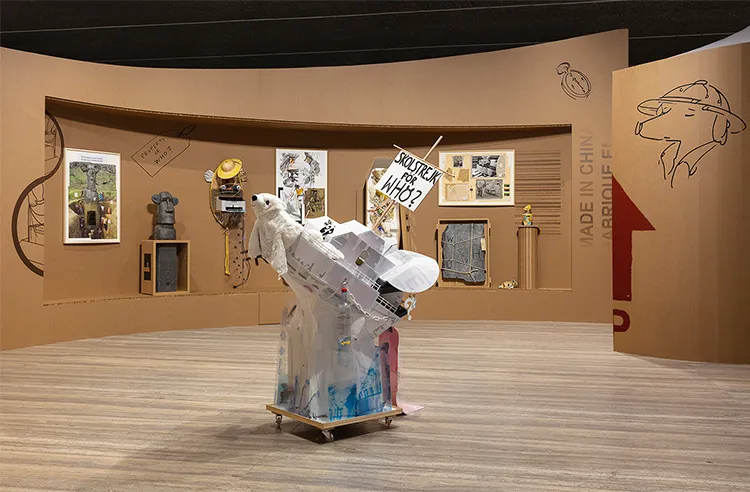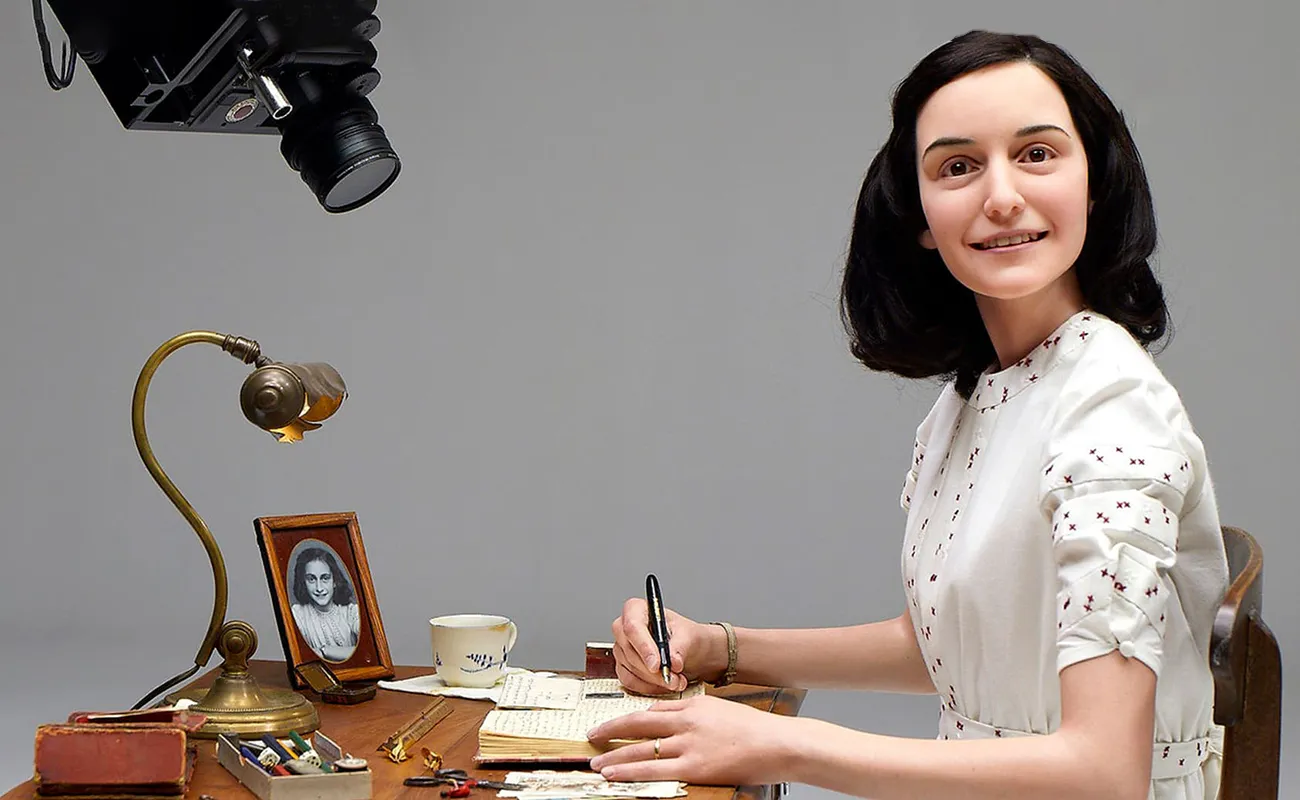Traversing Cultural Landscapes
Simon Fujiwara‘s artistic journey reflects a rich tapestry of cultural experiences. Born in London and having lived across Japan, Spain, and now Germany, Fujiwara’s diverse background is a cornerstone of his creative process. The artist’s exposure to a plethora of architectural styles and historical narratives during his upbringing is palpably reflected in his work. Each installation Fujiwara crafts carries the indelible mark of his global travels, embedding distinct architectural and cultural narratives into a cohesive artistic expression. This unique blend of influences allows Fujiwara to transcend traditional boundaries of art, making his installations a vivid exploration of global culture and identity.
The influence of his multicultural upbringing extends beyond architecture into the thematic core of his projects. Simon Fujiwara integrates these diverse cultural elements to form a multifaceted perspective on contemporary issues. By intertwining his personal history with the architectural and historical facets of the places he has called home, the artist creates works that are not only visually captivating but also richly layered in meaning. This integration of personal and cultural narratives makes each of Fujiwara’s projects a deeply personal yet universally accessible exploration, inviting viewers to reflect on their own cultural experiences and identities.
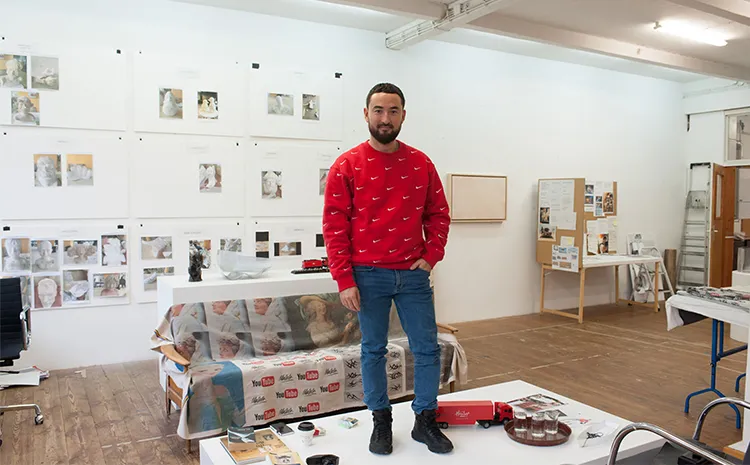
Simon Fujiwara: Intersecting Personal and Political Narratives
Simon Fujiwara’s installations are a dynamic confluence of personal history and broader socio-political themes. One striking example is his reconstruction of the hotel bar his parents ran in Spain, which he infuses with erotic elements to delve into the complex dynamics of memory, identity, and sexuality. This installation is not just a mere artistic endeavor; it serves as a narrative bridge connecting personal history with the political and social upheavals of the era. Fujiwara’s work challenges viewers to consider how personal spaces and histories are often deeply intertwined with broader social and political contexts, making his art a reflective mirror on the world.
The artist’s ability to intertwine these elements extends into more provocative territories, such as his exhibitions featuring animal furs and the magnified skin pigments of political figures like Angela Merkel. These works exemplify Fujiwara’s penchant for challenging viewers’ perceptions and encouraging deeper contemplation about identity, history, and politics. By presenting these overlooked details in a new light, he invites viewers to rethink how they engage with and understand these concepts. Each piece, rich with symbolism and challenge, acts as a catalyst for critical thought, prompting a reevaluation of the familiar and the overlooked in our world.
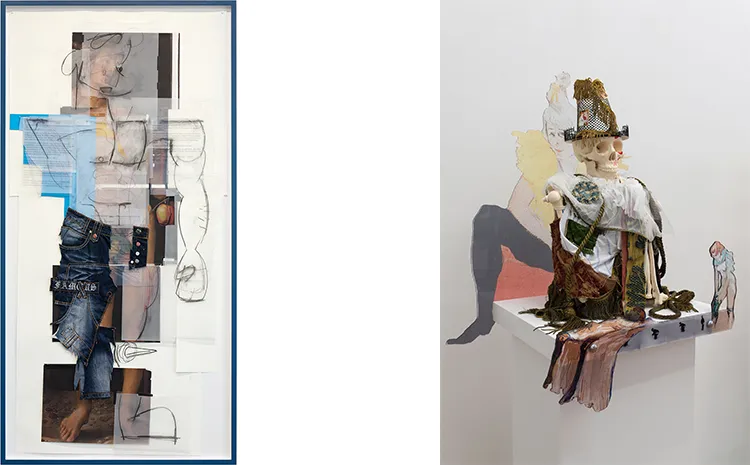
Mastering the Medium
Choosing the right medium is crucial in Simon Fujiwara’s artistic process, where each decision is intricately linked to the concept at hand. His extensive training in architecture and art provides him with a versatile foundation, enabling the effective use of diverse media. Installations and sculptures allow him to manipulate space and create engaging environments, while paintings and photographs provoke immediate emotional responses. This strategic choice of medium enhances the impact of his works, as seen in his installations that offer immersive experiences. Here, viewers are not merely observers but participants in a dialogue facilitated by the environment and the narrative interplay within the space.
Fujiwara’s adeptness at blending different media is evident in how he tailors each project to its thematic requirements. For instance, his use of multimedia in the biography of Roger Casement or the architectural nuances in his installations underscores his skill in creating environments that resonate on multiple sensory levels. This multifaceted approach ensures that each piece not only conveys his artistic vision but also engages the audience on an intellectual and emotional plane. The seamless integration of various artistic forms into his projects makes Fujiwara’s work stand out in the contemporary art scene, reflecting a deep understanding of both medium and message.
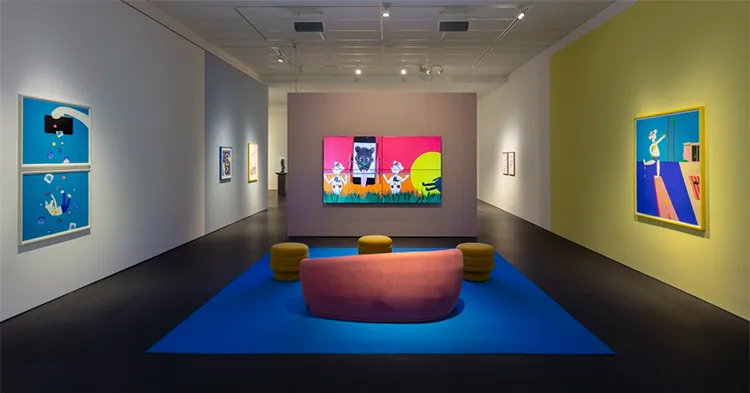
Simon Fujiwara: Exploring Taboos and Technology
“The museum of incest” marks a pivotal point in Simon Fujiwara’s career, showcasing his fearless approach to taboo subjects and his innovative use of performance art. This project combined narrative, performance, and installation within a pseudo-scientific framework to explore myths and taboos, setting a precedent for his future works. This early piece not only challenged societal norms but also highlighted Fujiwara’s interest in using art as a commentary on historical and contemporary social issues. His subsequent projects have continued to reflect this blend of historical inquiry and social commentary, pushing the boundaries of what art can represent and accomplish in contemporary discourse.
Looking ahead, Fujiwara’s fascination with the impact of technology on our perception of reality and identity signals a new direction in his artistic exploration. He is keen to delve deeper into how digital media shapes our interactions and our understanding of self. By challenging the boundaries between the digital and physical worlds, Fujiwara’s upcoming projects promise to provoke thought and dialogue on the role of technology in modern society. This continued evolution of his thematic focus ensures that his work remains at the forefront of contemporary art, constantly challenging and engaging audiences worldwide with new concepts and perspectives.
